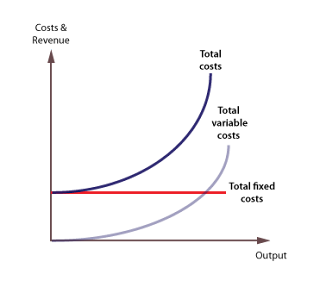Unveiling the Power of Regression Analysis: This is a Comprehensive Guide
 |
Regression analysis, in the field of statistical analysis, is a powerful tool for finding the relationships between variables and for making forecasts based on the observed data. EssayTips is a place where we offer academic help to university, college, and school students in different fields of studies such as science, arts, commerce, management, IT & software, statistics, healthcare, and nursing and the basic knowledge of the principles of regression analysis and how to apply them is needed. In this blog, we explain the details of regression analysis, giving the methodology, interpretations and real-life applications of it.
Regression analysis is a statistical method that is applied to investigate the connection between a dependent variable and one or more independent variables. Its goal is to estimate the regression equation's parameters to show the functional relationship between the variables. The primary goal of regression analysis is to identify patterns, trends, and correlations in the data so that scientists can forecast and draw conclusions about the phenomena they are studying.
Regression analysis comes in a variety of forms, each appropriate for a particular research situation and goal:
Simple Linear Regression uses a linear equation to illustrate the relationship between a single independent variable and a continuous dependent variable.Multiple linear regression: Understanding several independent variables in the regression model allows for analysing complicated connections. It is known as multiple linear regression.
Logistic regression analysis: When the dependent variable is binary or categorical, logistic regression estimates the likelihood of a binary outcome by accounting for one or more independent factors.
Polynomial Regression: Non-linear relationship modelling is made possible by fitting a polynomial equation to the data.
The regression analysis approach generally entails the following steps:
Preparing the Data: You must ensure that the data has been accurately cleaned and preprocessed to be consistent, reliable, and compatible with the regression model.Model Specification: Select the regression model that best fits the kind of data and the study's objectives.
Model Specification: Select the regression model that best fits the nature of the data and the study's goals.
Parameter Estimation: Statistical methods such as ordinary least squares (OLS) regression are used to estimate the regression equation coefficients.
Assessment of the Model: The regression model's fit quality is assessed, and the regression coefficients' significance is deduced.
Numerous disciplines and sectors employ regression analysis, including economics, marketing, healthcare, finance, and environmental research. Understanding the fundamentals and uses of regression analysis is crucial regardless of whether you are researching or analysing data since it may improve your analytical abilities and help you succeed professionally and academically. At EssayTips, our team of qualified online essay writers can assist students in overcoming regression analysis challenges by providing expert essay guidance that is appropriate for their specific demands and specifications. You may unlock the full power of regression analysis and use it to solve issues, develop knowledge, and spur innovation in the sector of your choice with our assistance and support.
Let's look at a fictional case to demonstrate how regression analysis is used:
Let's assume for the moment that we want to look at the relationship between the amount of time spent studying and exam results. We collect information from fifty students, noting how many hours they study every week in addition to their exam results. Regression analysis will be used to determine if study time and test scores are significantly correlated and to forecast test results based on study time.First, we have to define the regression model in order to perform regression analysis. In this scenario, we will apply linear regression, where the dependent variable (Y) is the test score, and the independent variable (X) is the study time.
The regression model can be represented as:
Y=β0+β1X+ϵWhere:
- = Test Score
- = Intercept (constant term)
- = Slope coefficient (represents the change in test score for each additional hour of study time)
- = Study Time
- = Error term (captures the random variation in test scores not explained by study time)
WATCH MORE



Comments
Post a Comment